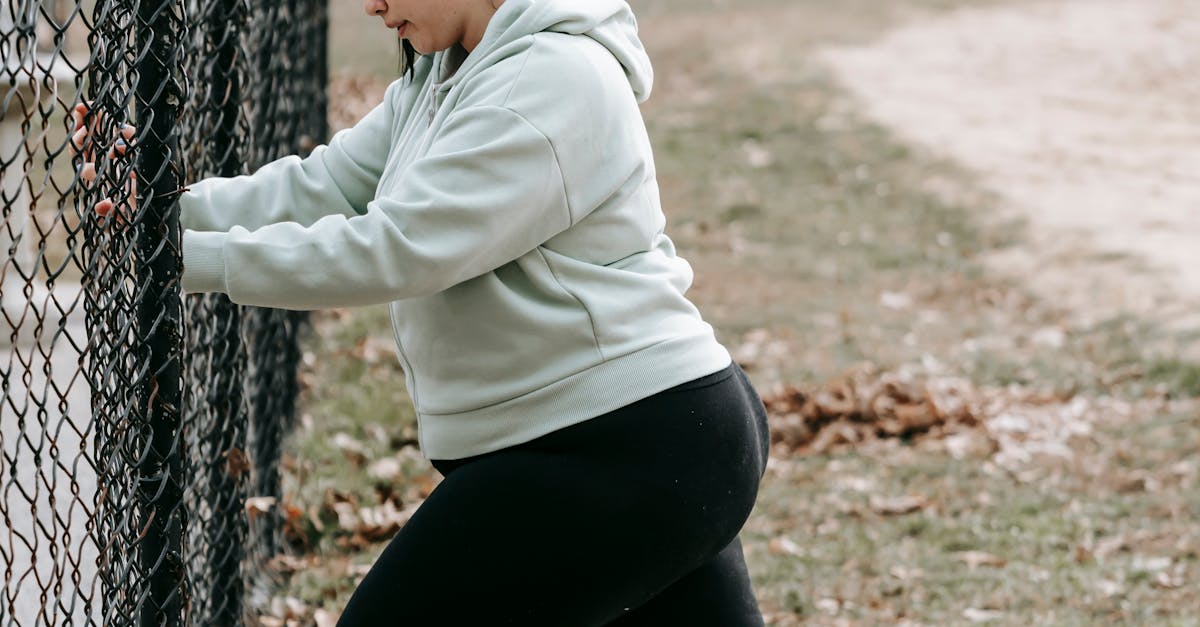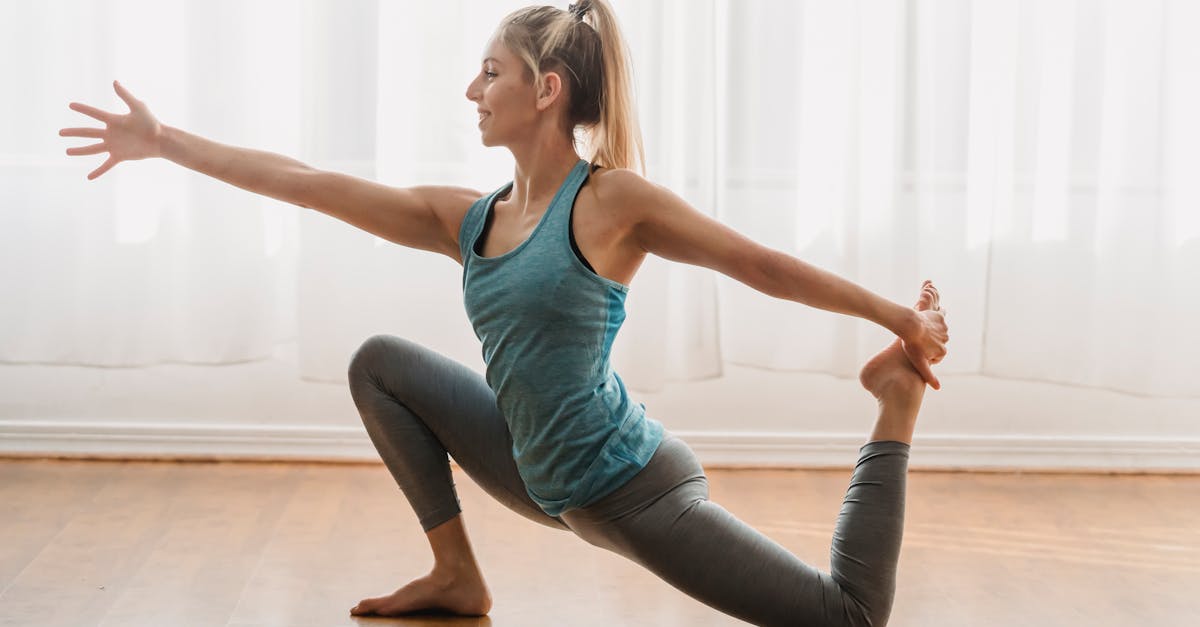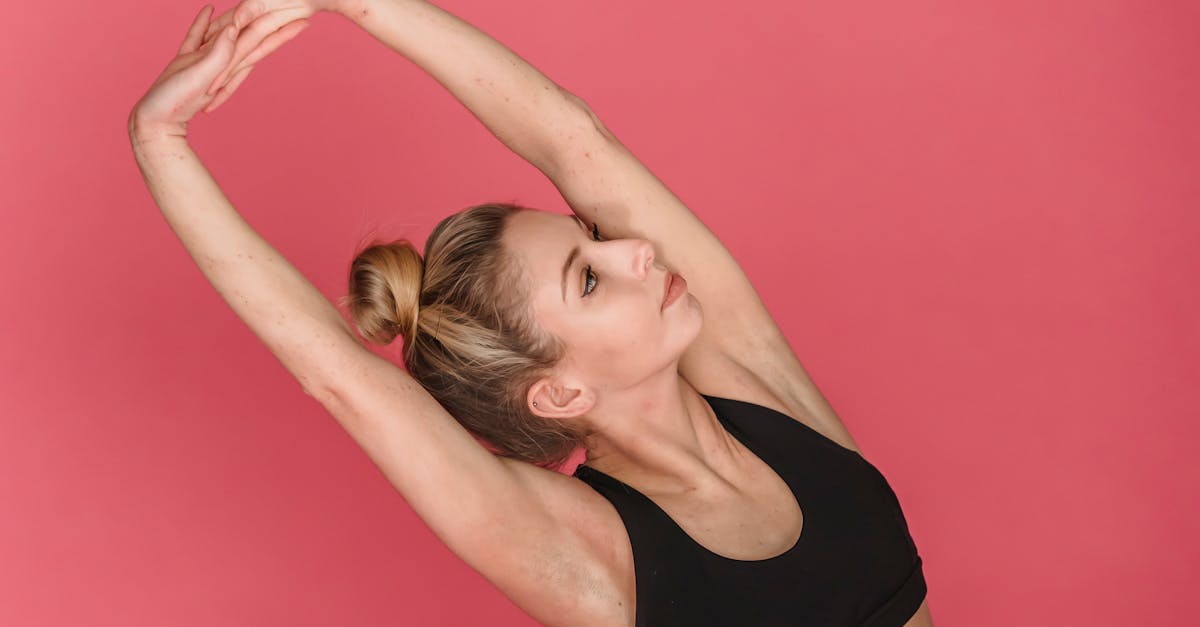Lunges for Hip Flexors: Techniques for Strength and Flexibility
Unlock the Potential of Lunges: Empowering Hip Flexors for Enhanced Mobility and Strength

Maximize Hip Health with Targeted Lunges: A Comprehensive Guide to Strength and Flexibility
Lunges, a fundamental bodyweight exercise, play a pivotal role in enhancing hip flexor health. These powerful movements not only bolster mobility and stability but also contribute to overall fitness prowess. By engaging in lunges, you can unlock a myriad of benefits, from improved posture and balance to enhanced athletic performance.
This comprehensive article delves deep into the world of lunges, providing a thorough understanding of their significance and unveiling the secrets to unlocking their full potential. We’ll explore the different types of lunges, their unique advantages, and the intricacies of proper lunge technique. Additionally, we’ll uncover advanced lunge progressions that cater to seasoned fitness enthusiasts seeking to maximize their strength and power.
To ensure a well-rounded approach, we’ll also shed light on how to seamlessly incorporate lunges into your fitness regimen, ensuring optimal hip flexor health and unlocking your full fitness potential. Whether you’re a complete novice or a seasoned pro, this guide will empower you with the knowledge and techniques you need to elevate your hip flexor health and achieve your fitness goals.
1. Understanding Hip Flexors: Their Role and Importance
Understanding Hip Flexors: Their Role and Importance
Hip flexors, a group of muscles located at the front of the hip, play a crucial role in a wide range of movements, including walking, running, kicking, and squatting. These muscles are responsible for flexing the hip, which is the action of bringing the thigh forward. Additionally, they assist in stabilizing the pelvis and spine, contributing to overall balance and posture.
Strong hip flexors are essential for maintaining optimal mobility and preventing injuries. Weak hip flexors can lead to imbalances in the muscles surrounding the hip joint, resulting in pain and discomfort. Moreover, inadequate hip flexor strength can hinder athletic performance, limiting an individual’s ability to generate power and explosiveness in movements such as sprinting and jumping.
Incorporating exercises that target the hip flexors into a regular fitness routine can help to strengthen these muscles, improve overall flexibility, and enhance athletic performance. Lunges, in particular, are an effective exercise for engaging the hip flexors and promoting their health and function.
2. Types of Lunges and Their Benefits

Types of Lunges and Their Benefits
There are several variations of lunges, each targeting different aspects of hip flexor strength and mobility. Here are some common lunge variations and their benefits:
Forward Lunges: This is the most basic type of lunge and is excellent for overall hip flexor engagement. It involves stepping forward with one leg and lowering your body until your back knee is close to the ground. Forward lunges strengthen the quadriceps, hamstrings, and glutes, in addition to the hip flexors.
Reverse Lunges: This variation places more emphasis on the hamstrings and glutes. You step backward with one leg and lower your body until your front knee is directly above your ankle. Reverse lunges are great for improving balance and stability, as well as strengthening the posterior chain muscles.
Side Lunges: As the name suggests, side lunges target the hip flexors from the side. You step to the side with one leg and lower your body until your other knee is close to the ground. Side lunges improve lateral stability and mobility, which can be beneficial for activities like running and jumping.
Other lunge variations include walking lunges, curtsy lunges, and plyometric lunges. Each variation offers unique benefits and can be incorporated into a well-rounded fitness program to address specific fitness goals and target different muscle groups.
3. Step-by-Step Guide to Proper Lunge Technique
Step-by-Step Guide to Proper Lunge Technique
To ensure optimal results and minimize the risk of injury, it’s essential to master proper lunge technique. Here’s a detailed breakdown of the key steps involved in performing a forward lunge:
-
Starting Position: Stand with your feet hip-width apart, chest up, and shoulders back. Engage your core and keep your spine neutral.
-
Step Forward: Take a step forward with your right leg and simultaneously lower your body by bending both knees. Keep your front knee aligned with your ankle and avoid letting it extend beyond your toes.
-
Lowering Phase: Continue lowering your body until your right thigh is parallel to the ground and your left knee is close to the ground. Make sure your left knee does not touch the ground.
-
Pushing Up: Push off with your right foot and return to the starting position. Repeat the movement with your left leg.
Throughout the exercise, maintain an upright posture and focus on keeping your core engaged. Avoid leaning forward or backward, as this can put excessive strain on your lower back.
4. Advanced Lunge Progressions for Strength and Power

Advanced Lunge Progressions for Strength and Power
Once you have mastered the basics of lunges, you can progress to more advanced variations to further challenge your hip flexors and enhance power and explosiveness. Here are some advanced lunge progressions:
Weighted Lunges: Add weight to your lunges using dumbbells, kettlebells, or a barbell to increase the resistance and intensity. This variation effectively builds strength and power in the hip flexors and surrounding muscles.
Jump Lunges: Incorporate a jump into your lunges to engage the hip flexors dynamically and improve power. Start in a lunge position, then jump up and switch the position of your legs in the air, landing in the opposite lunge position.
Lateral Lunges with Overhead Press: This exercise combines a lateral lunge with an overhead press. It targets the hip flexors, glutes, and shoulders simultaneously, enhancing overall strength and power.
Bulgarian Split Squats: Bulgarian split squats are an advanced unilateral exercise that places significant demand on the hip flexors. In this exercise, you step back with one leg and rest it on a bench, then perform a forward lunge with the other leg.
Advanced lunge progressions are beneficial for athletes and individuals seeking to enhance their overall fitness and performance. However, it’s crucial to have a strong foundation in basic lunge technique before attempting these variations.
5. Incorporating Lunges into a Balanced Fitness Routine
Incorporating Lunges into a Balanced Fitness Routine
To effectively integrate lunges into your fitness routine and improve hip flexor health, consider the following guidelines:
Frequency: Aim to incorporate lunges into your workout routine 2-3 times per week. This frequency allows for adequate recovery and progression.
Volume: Start with 2-3 sets of 8-12 repetitions for each lunge variation. Gradually increase the volume as you get stronger.
Progression: As you progress, challenge yourself by incorporating advanced lunge variations, increasing the weight or resistance, or performing the exercises with greater speed or explosiveness.
Warm-up: Before performing lunges, it’s essential to warm up the hip flexors and surrounding muscles. Dynamic stretches, such as leg swings and hip circles, can help prepare the body for the exercise.
Cool-down: After completing your lunge workout, incorporate static stretches to improve flexibility and reduce muscle soreness. Focus on stretching the hip flexors, quadriceps, and hamstrings.
By following these guidelines and listening to your body, you can effectively integrate lunges into your fitness routine and optimize hip flexor health.
Quiz: Test Your Understanding
- Which of the following is NOT a benefit of lunges?
(a) Improved hip mobility (b) Enhanced balance (c) Reduced risk of injury (d) Increased muscle mass
-
True or False: Reverse lunges primarily target the hamstrings.
-
When performing a lunge, it is important to keep your:
(a) Front knee aligned with your ankle (b) Back knee touching the ground (c) Spine arched (d) Head down
- Which advanced lunge variation is effective for building strength and power in the hip flexors?
(a) Jump lunges (b) Bulgarian split squats (c) Lateral lunges with overhead press (d) All of the above
- How often should you incorporate lunges into your fitness routine to improve hip flexor health?
(a) Once a week (b) 2-3 times per week (c) Every day (d) As often as possible
Answer Key
- (d) Increased muscle mass
- True
- (a) Front knee aligned with your ankle
- (d) All of the above
- (b) 2-3 times per week
